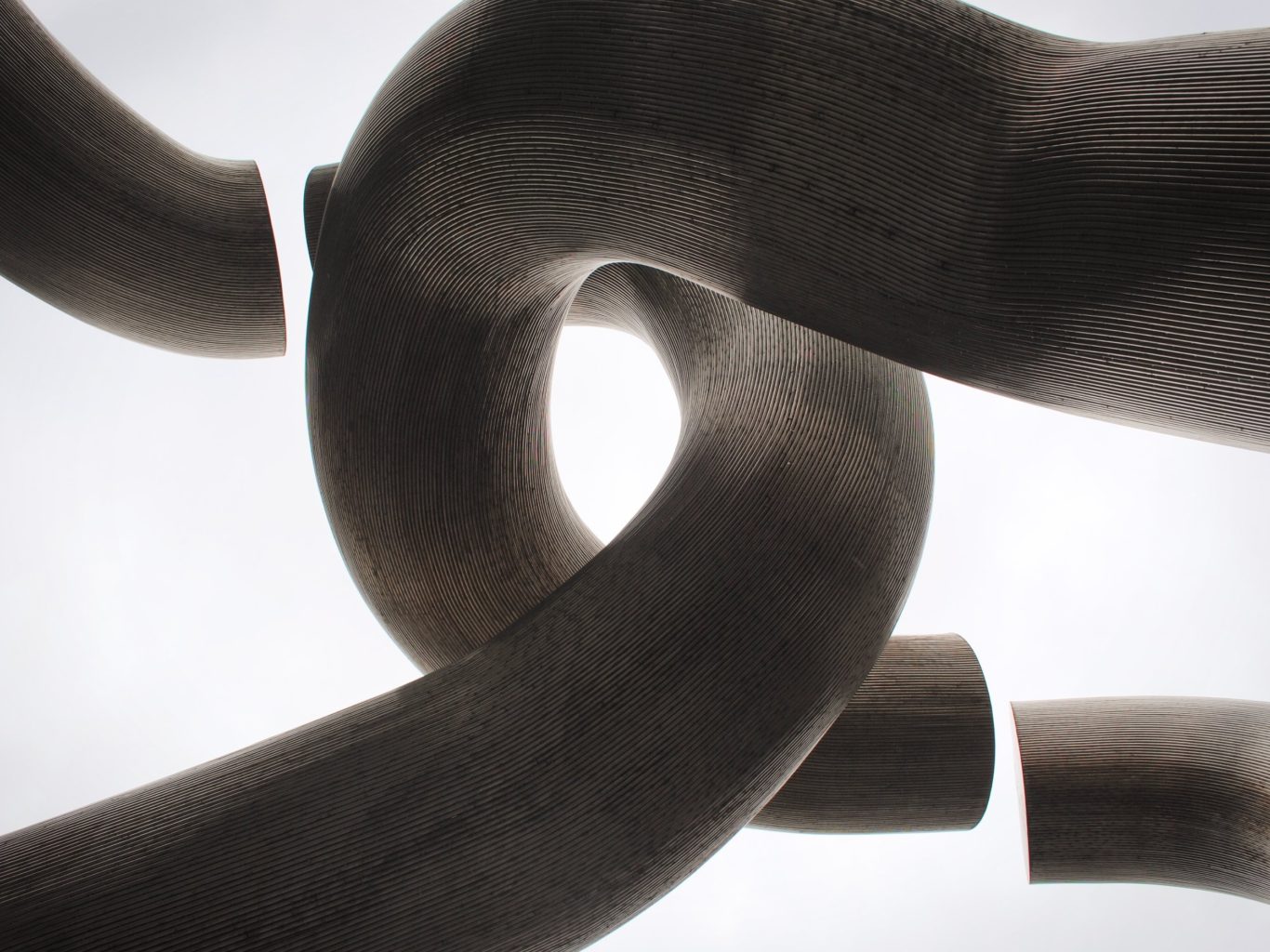Below is part three of Michael and Aaron’s talk on design systems – don’t miss part one and part two of the discussion for a full understanding of all of the components that lead up to design system deployment.
Excerpts from the discussion:
On determining where to start: “Take a look at your product or service or website or whatever you’re working on; is it achieving what you want it to achieve? Do you notice a lot of user or customers dropping off, or do you notice a spike in support calls or emails? – these might be red flags that say okay, we need something new.” – Aaron Bowersock
On what the audit process looks like: “Doing the full audit of your products and customer touch points… what does that look like? How does [your system] behave? Quickly identify any system duplicates or slight variations where you’re solving the same problems but doing it in different ways. Then, inventory all the different micro-experiences that you’re offering to give a feel of how big the problem is.” – Michael Hinnant
On aligning your design system with your brand: “When you think about the direction of your design principles, identify where there are inconsistencies or experiences that don’t align with how your brand should behave. We want our design principles and experiences to come alive for users. Consider if perhaps you’re not living up to your brand promise?” – Michael Hinnant
Keeping your design system compatible: “A lot of enterprises have products and solutions on different technical stacks. It’s important to understand what the implementation cost is and what the right roadmap of that looks like. Next, look for ways to align design work and existing development work. Think about how to take advantage of that part of the process.” – Michael Hinnant
Read and watch part 1 and part 2 for a comprehensive overview of design system building and implementation.
Filter is helping leading brands build and deploy design systems and UX best practices across their organizations. Discover how we can drive greater success for your business: click here to contact Filter and let us know more about your UX needs.







